For such a small island, the differences in weather between the regions is amazing. For most of Munster, the weather is slightly better than normal, so no complaints there. But further north and west, the weather is causing torment.
This summer (June, July and August) has been wetter than normal in nearly all of the north midlands, west and north. The official Met Éireann figures show that rainfall in Mullingar was 29% higher than normal, 27% higher in Co Roscommon, 17% higher in Sligo and 13% higher at Finner Camp, Co Donegal.
On the flip side, summer rainfall at Oak Park in Carlow, at 138mm, has been the lowest since 2006 and is back 28% on the long-term average.
But these figures belie the huge differences in rainfall on a local basis, with many of the farmers who record rainfall on their farms reporting figures higher than those recorded at the official sites, suggesting the pattern of rainfall is more localised than normal.
Even in Dublin, the rainfall in Casement Aerodrome is up 12%, while Dublin Airport is back 16% on the long-term average, albeit the difference in total volume of rain is relatively small.
For farmers on heavy land in the north and west, last weekend’s rain was the straw that broke the camel’s back. Land is now saturated and while the temperatures are up this week, there is still rain in the forecast and humidity is high, meaning that drying conditions are poor. With sunlight hours reducing daily, drying conditions are going to be limited now anyway.
Management
When land is saturated, grazings should be confined to the driest sections of the farm. Effectively, the same policies used for early spring grazing should be employed now also.
Grazing the driest sections of the farm involves some ingenuity with temporary fences. Even on ‘dry’ fields, there are wet areas, so these should be fenced off.
Grass should be allocated in 12-hour sections. Even if cows can only get out for three hours at a time, they will adjust their grazing behaviour to consume over 95% of their daily allocated pasture with no effect on milk yield, body condition score or body weight.
When not out grazing, they should be stood inside without access to fodder. On/off grazing doesn’t work if cows get unrestricted access to silage in the shed during the off period.
The idea of on/off grazing is to reduce the amount of walking done by cows. So when cows are out grazing on tender land, they will have their heads down and are grazing constantly, for nearly 100% of the time.
During these three-hour grazing periods, access to water shouldn’t be a concern, provided they have adequate water when they are not grazing.
On/off grazing is extra work and hassle, but it is effective at getting grass into cows and reducing poaching. Most farmers will try to get back to 12-hour grazings as soon as possible.
Grazing in a relatively square block, as opposed to a long narrow strip, will reduce the walking done by cows while grazing.
Some farmers will walk cows along a single file to get to the backs of paddocks. Again, this takes some ingenuity with strip wires and a good current in the fence, but it works really well. How applicable it is on your farm depends on the soil type and, while the track looks dirty, the overall area damaged is greatly minimised.
When the going gets tough, many farmers will decide to house their cows fully and, in some situations, this is inevitable and the right thing to do. But it should be the last resort.
Youngstock, cattle and dry cows are often harder to manage than the milking herd, as they can do more damage by constantly walking around. They are also the class of stock that rehousing will have a lesser impact on their production, compared with the milking cows.
I think that when conditions get really bad, these animals should be considered for rehousing first and concentrate all your efforts on keeping grass into the diet of the milking herd and on reducing poaching.
Long term
The fact is that about half of the soils in Ireland are classified as heavy and slow-draining. We know our climate – the north and the west gets more rain than any other part of Ireland and almost twice the rainfall in many cases, at over two metres of rain per year.
While the rainfall this summer is higher than normal, the official rainfall figures don’t suggest monsoon-type rainfall, yet soils are saturated, and preventing any level of poaching is a huge challenge.
This suggests that the problems this year are not a once-off and suggests an underlying problem exists with drainage on many of these farms.
Needless to say, the cashflow issues on dairy farms are exacerbated on farms with heavy land that have higher costs, so the scope to do anything about drainage this year or even next year may be limited.
However, it is definitely the best long-term strategy. At around €2,000/acre for a proper job, it is not a cheap fix, but the extra grass production and grazing days will give the highest return on investment on heavy land for farmers who have a desire to get their cattle to graze more grass, increase efficiency and make a sustainable profit from farming.
Too often, investment on heavy farms is just focused on providing good housing and machinery for when cows are in. But you also need to invest in your land and not just drainage; soil fertility, paddock systems, water supply and adequate roadways are essential for getting cows on and off heavy land quickly and efficiently without causing poaching. The cost of all of this land improvement work needs to be factored into the cost of buying and leasing land.
Cow type
The other big factor is cow type. I observe that the further north and west you go, the larger the cows become. It doesn’t make sense to have large cows on heavy land, as more poaching will be done with larger cows.
Like it or not, farmers on heavy land are going to have higher costs of production.
To counteract this, they need to be more efficient than other farmers, but unless strategic decisions about cow breed, farm infrastructure and drainage are made, these efficiencies will never fully materialise.





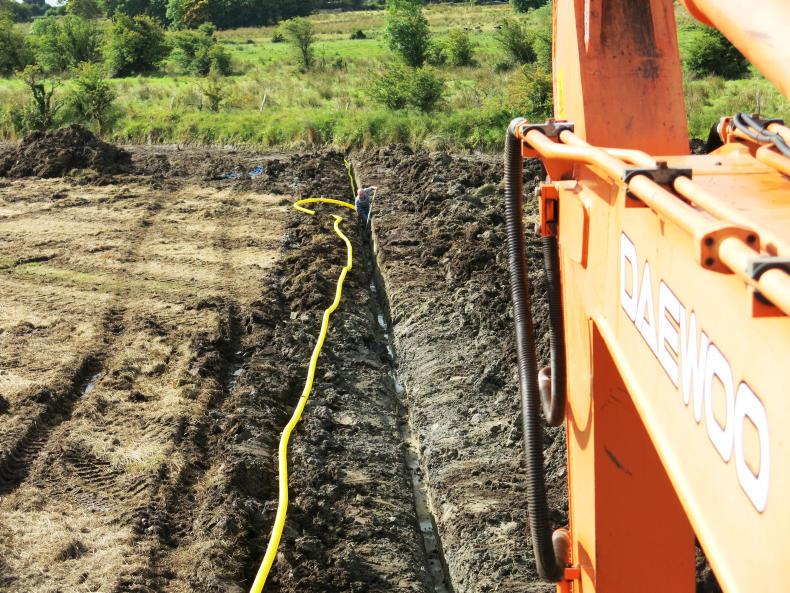
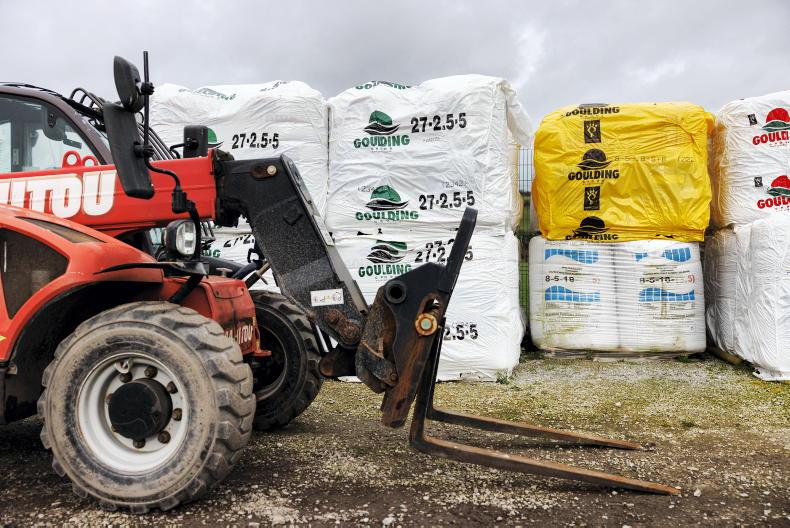

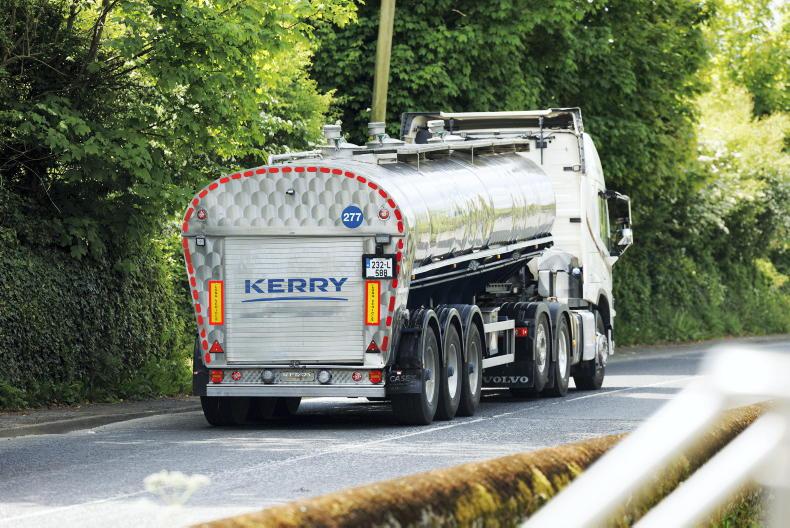
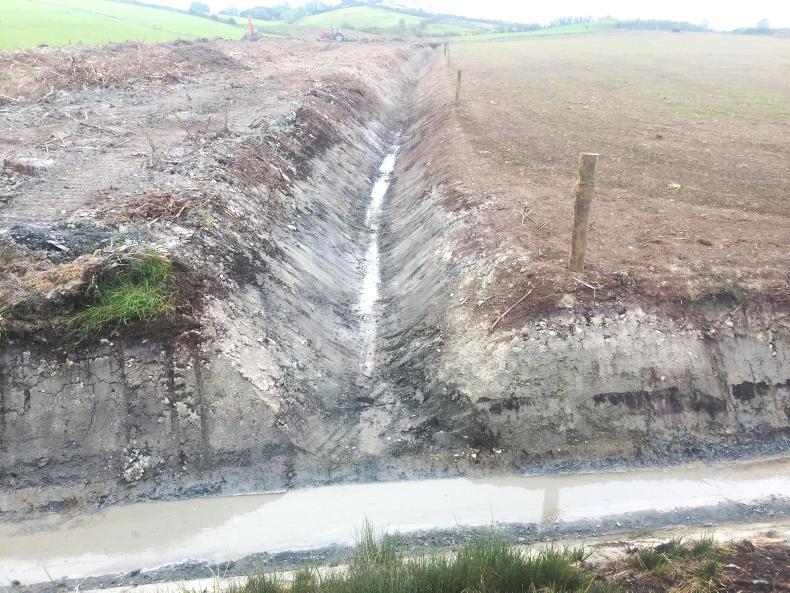
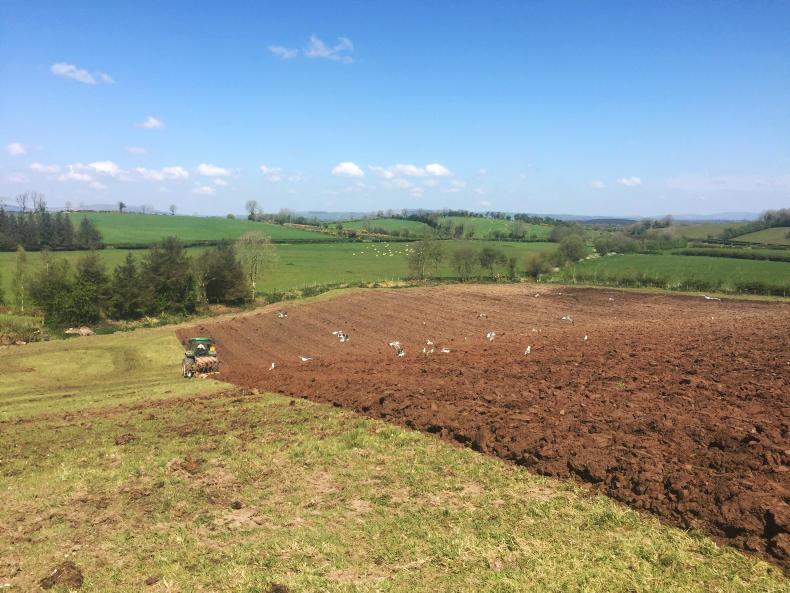
SHARING OPTIONS